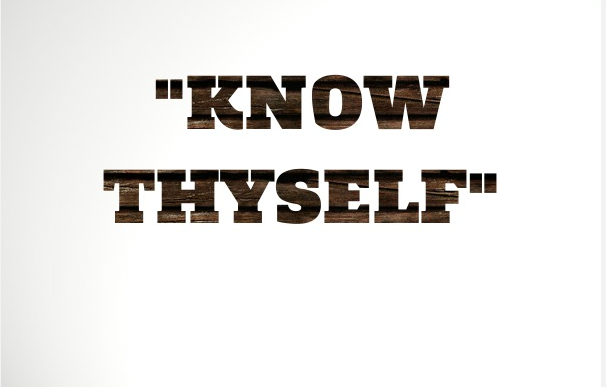As I negotiate inclusion trainings with busy supervisors and managers in the federal government, I am often asked, “Boil inclusion down to a couple of talking points for me.”
Know Yourself
This is often the most difficult first step. Most of us go through life without fully know ourselves by identifying our personal beliefs, biases and behavior. Have you ever asked yourself the following questions? What ticks me off? How do I show up in the workplace every day? Do I know my hot buttons? Do I know how I may be a hot button to others? Organizational consultant, Jenny Craig calls this process a check-up from the neck up. The ancient Greeks described this reflection as “know thyself.”
Know Others
Some would argue that getting to know others, particularly colleagues and customers who may be different than you is the most difficult component of inclusion. Since our brains reward experiences with people and things we have in common, establishing emotional connections with others who are different from us is not a natural progression.
Many times a supervisor will ask, “So I need to tolerate or put up with people who are different from me.” No. We tolerate our families because are they are our loved ones. We don’t have to tolerate our colleagues and customers who may be different from us. We can disengage them which can lead to poor performance and bad customer service or we can even get another job which creates high turnover in the workplace.
Let’s go beyond toleration and putting up with people to recognizing and embracing differences in a way that promotes inclusion. We can do this by not forcing agreement on all differences or trying to eliminate disagreement altogether. What is important at the end of the day is through high levels of emotional intelligence; control our emotional reactions and subsequent behavior in response to differences.
Social Engineer for Inclusion
Lastly, it is incumbent upon every member of the federal government family to take their stuff, other people’s stuff and put it together to build an inclusive workplace. It is hard work. It is daily work. It may require some courageous conversations on your part. It is work that we as public servants are called to do every day in the volatile, uncertain, changing and ambiguous world we call the public sector.
In the final analysis, if the federal government story is one of inclusion, then full participation of our diverse employees and inclusive service to our exceptional customers must be ensured. It is story that remains to be fully told and some day written by us all.
Disclaimer: This blog is written by Richard Regan in his personal capacity. The opinions expressed here are the author’s own and do not reflect the view of the Internal Revenue Service, or the United States government.





Leave a Reply
You must be logged in to post a comment.